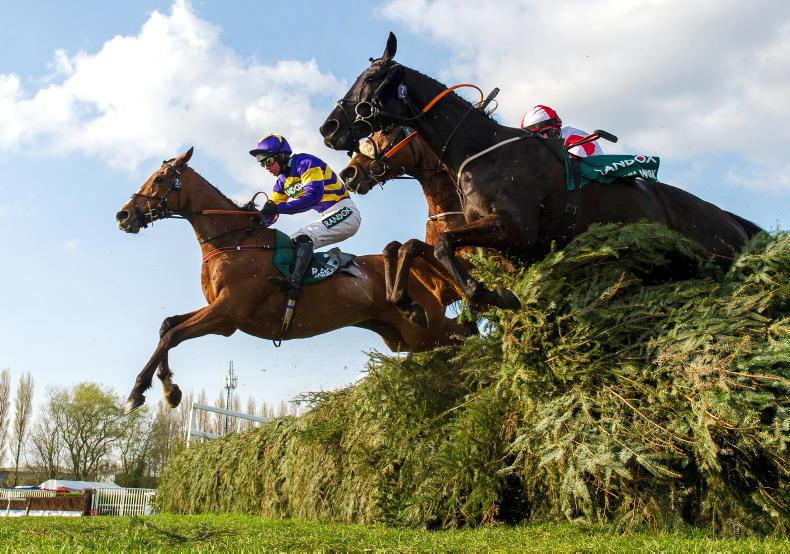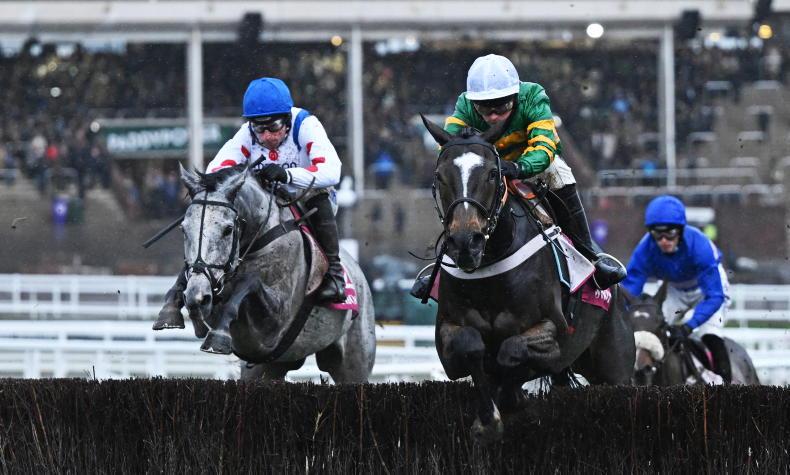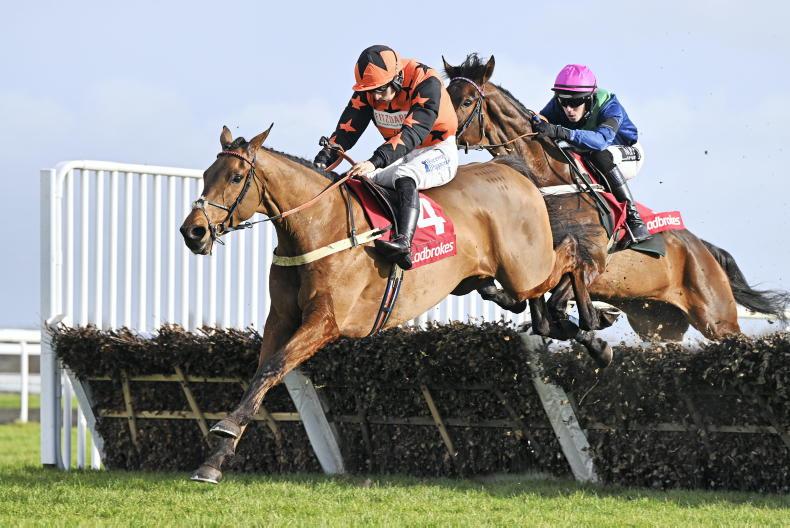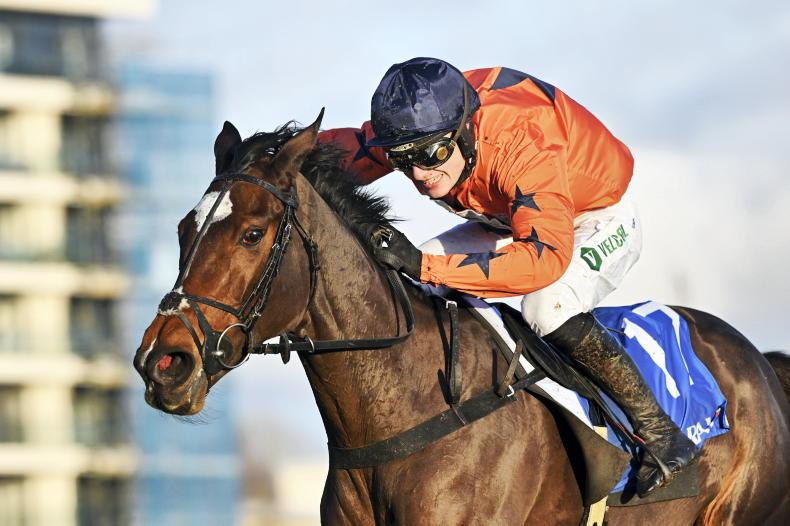AND so the era of the 34-runner Grand National (4.00) begins. The most traditional and unique horse race in the world has taken another step to becoming more modern and appealing. Whether that is a good thing or not is a debate that would require more words than this page will allow but whatever the case, it is certain that the National requires a different profile of horse these days.
The latest alterations join a longer list over the last two decades, of which the biggest change is the one you can’t see. In 2013 the fences were reenforced by plastic structures for the first time, having been wooden based previously. It has seemingly changed the whole shape of the race and the type of horse who can win.
The most obvious difference is the requirement for a more economical style of jumping. Tiger Roll perfected it, skimming through the less compacted birch to save energy throughout.
A big bold jumping, experienced, older chaser is no longer the ideal profile. A young, improving, classy up-and-comer is the order of the day. The same type you need for just about every top class handicap chase.
And six less runners will only enhance the chances of this type of profile.
There have been 10 renewals since 2013 (one missed year for pandemic) with six winners in their second season over fences and one of the other three a novice, Noble Yeats. The odd two out were Auroras Encore and Pineau De Re, in the first two years of the new fences. Those two are also the last horses aged 10 or over to win.
The changes have also brought into focus one of the more traditional aspects of the race that remains - the early publishing of the weights. With the BHA handicapping team instructed to publish weights for the race in mid-February and no penalty system in place, trainers can freely run their horses without fear of negatively impacting on their weight for the National, or conversely, if horses have performed poorly, they won’t be dropped down the weights.
Table
The table (right) shows every horse in the race who has had their rating adjusted since the publishing of the National weights, with the remainder left unchanged. Unsurprisingly Limerick Lace is 6lbs ‘well in’ after her performance to see off Dinoblue in the Mares Chase at Cheltenham, while I Am Maximus has 3lbs in hand after an impressive Bobbyjo win.
For the second year in a row, Mr Incredible arrives here ‘well in’. He was 5lbs better off last year and was unlucky unseat at the Canal Turn, and returns now 3lbs better off following a big run to finish second in the Midlands National.
Adjustments
These adjustments would unlikely have made as much a difference in the old National, when experience was more valued, but the movement to a classier affair has brought the handicap system more into focus. Corach Rambler was 10lbs well in last year. Tiger Roll was 2lbs well in and 8lbs well in for his respective races. Minella Times was 4lbs well in.
We are missing a sizeable jigsaw piece from previous years, with the abandonment of the Cross Country Chase, used so effectively by Tiger Roll as a platform to glory.
Delta Work, Coko Beach, Galvin, Minella Indo, Latenightpass, Foxy Jacks and Stattler were all due to run over the banks at Cheltenham and conceivably at least one of them would be arriving here off a well treated mark. We’ll never know.
Statistics
Of course trends and statistics only ever offer a guide and should never be taken as black and white. Corach Rambler is a third season chaser, but he remains lightly-raced for his age, comes here 3lbs well in and clearly acts well in this test.
That Gerri Colombe won yesterday was a positive two-fold, in boosting the form of the Gold Cup but also showing that he was able to come out of what looked like a grueller on heavy ground and perform up to scratch in a Grade 1.
Panda Boy and Chemical Energy have the most appealing profiles as lightly-raced chasers with the scope to improve at this trip.


 This is a subscriber-only article
This is a subscriber-only article
 It looks like you're browsing in private mode
It looks like you're browsing in private mode










SHARING OPTIONS: